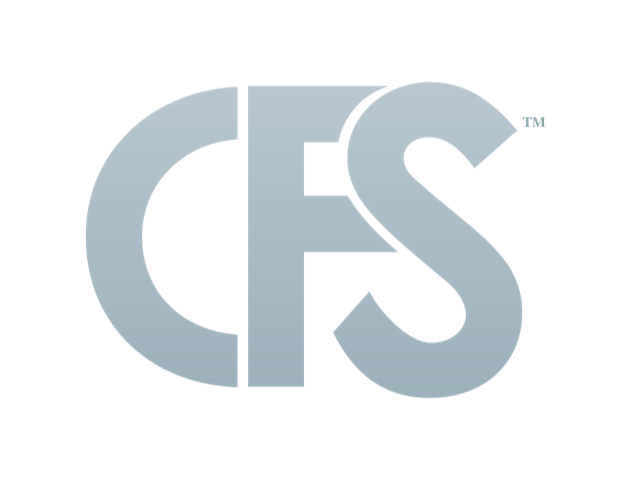Boost Your Savings Goal With Tax Diversification Strategies
After working hard all your life and planning diligently to achieve financial independence, the last thing you want is having to fork over a large percentage of your income to the IRS. Even when you’ve left the workforce, taxes will follow you into retirement. Fortunately, there are strategies that enable you to create tax diversification to help you maximize cash flow and minimize future tax obligations in retirement:
- Contribute to a Roth IRA or 401(k). A Roth plan offers an opportunity to create a tax-free income source in retirement with its tax-free investment growth and tax-free withdrawals. To qualify, you would need to have held your Roth for five years or longer and you’ve reached age 59 ½ at the time of withdrawals. Though Roth IRAs and Roth 401(k)s are similar, the differences lie in their annual contribution limits, elibility criteria, and whether or not you’ll need to take required minimum distributions (RMDs).1 Work with us to weigh the pros and cons of each and we’ll come up with what’s best for your situation.
- Convert traditional IRA savings to a Roth IRA. You can contribute to a traditional IRA regardless of your income; however, you won’t be eligible for a Roth IRA if you earn too much. The workaround, known as a “backdoor IRA,” works by funding a traditional IRA and then converting it into a Roth. The tradeoff–you’ll have to pay income tax on the amount you’re converting. The upside is, once you pay those taxes, any future growth within the Roth will be tax-free so you’ll be able to take withdrawals without paying taxes in the future.2 Under the new SECURE Act, this strategy is now even more beneficial to you and your heirs. In the past, inheritors of IRAs had the ability to take distributions over the course of their lifetimes in order to minimize the tax hit and save larger withdrawls for their retirement. With the elimination of the “stretch IRA” requiring beneficiaries to deplete their inherited IRAs within 10 years, Roth conversions can be more attractive as it could reduce or eliminate a significant tax bill for your future heirs.
- Contribute to taxable accounts. Using a combination of pretax, Roth, and taxable accounts can offer you added flexibility in retirement. A taxable account is any type of investment offered by a brokerage, such as stocks, bonds, and mutual funds. With taxable accounts, you’re only taxed on the gains portion of the account. And the great benefits that these offer are fewer restrictions and more control allowing you to withdraw at any time and for any reason without penalty.3
Once retired, many of us will have less income than we had during our years of labor; thus, tax diversification is essential to help your investments go further. In order to create this among your investments, planning needs to begin early. To learn more on how you can protect your savings through tax-saving strategies, contact us.


